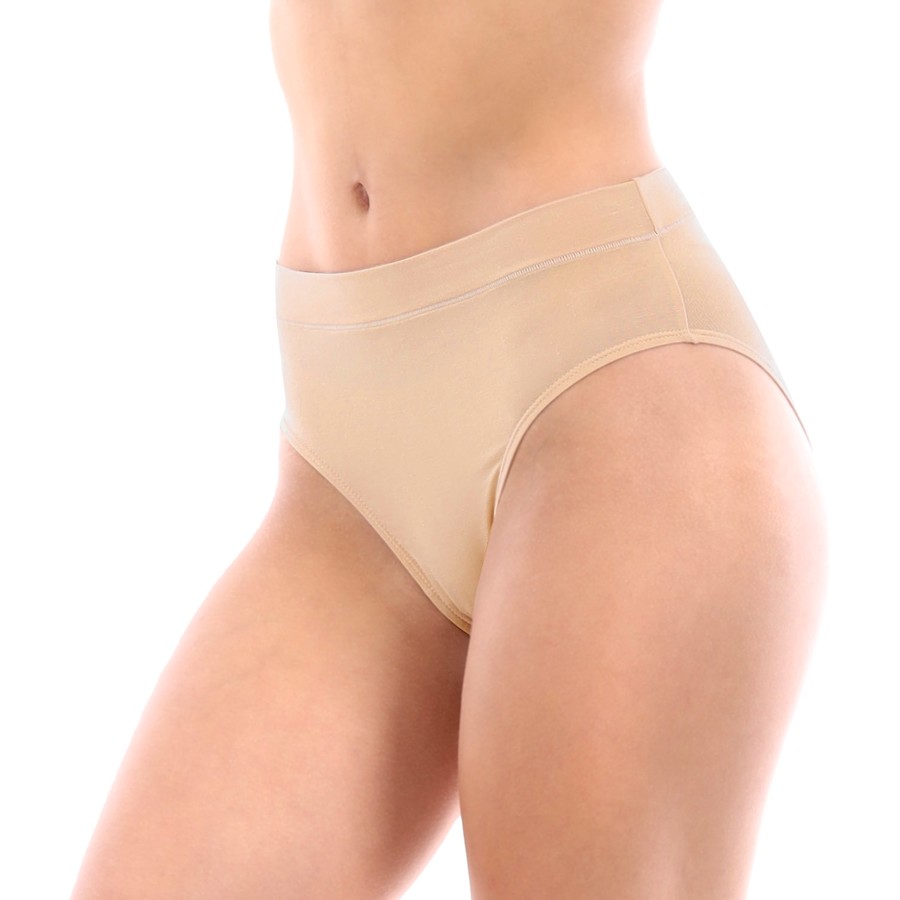
I’m excited to dive into the world of sustainable fashion and explore the possibilities of bamboo cultivation for clothing.
In this article, we’ll uncover the numerous benefits of using bamboo as a clothing material, examine its environmental impact, and delve into the process of growing and harvesting bamboo.
We’ll also explore sustainable practices in bamboo processing, discuss the versatility of bamboo fabrics in fashion, and touch on the ethical considerations in bamboo clothing production.
Join me on this journey as we discover the future innovations in sustainable bamboo cultivation for clothing.

Key Takeaways
- Bamboo is a sustainable clothing material that offers numerous benefits and properties, including natural antibacterial properties, odor reduction, water and energy savings, and suitability for sensitive skin or allergies.
- The cultivation and processing of bamboo for clothing can have negative environmental impacts, such as deforestation, water scarcity, water pollution from pesticides and fertilizers, and carbon emissions from energy-intensive processes.
- To promote sustainable cultivation, choosing the right species, providing ideal growth conditions, controlling weeds and pests with organic pesticides, and harvesting after three to five years of nurturing are important steps.
- Sustainable practices in bamboo processing involve minimal water consumption, the use of natural and biodegradable alternatives, and the adoption of greener processing methods to reduce environmental harm and contribute to a more sustainable fashion industry.
The Benefits of Bamboo as a Sustainable Clothing Material
One of the benefits of bamboo as a sustainable clothing material is that it is naturally antibacterial. When I wear bamboo clothing, I don’t have to worry about bacteria causing unpleasant odors.
Bamboo contains a natural antimicrobial agent called ‘bamboo kun,’ which helps to inhibit the growth of bacteria on the fabric. This means that I can stay fresh and odor-free throughout the day, even during intense physical activities.
Not only does this benefit me personally, but it also reduces the need for frequent washing, which saves water and energy. Additionally, bamboo’s antibacterial properties make it an excellent choice for people with sensitive skin or allergies.
I truly appreciate how bamboo provides not only comfort and style but also a natural defense against bacteria.

The Environmental Impact of Bamboo Cultivation
When cultivating bamboo for clothing, it is important to be aware of the environmental impact it may have. Bamboo is often hailed as a sustainable and eco-friendly material. However, its cultivation can still have negative consequences on the environment.
One major concern is the clearing of land to make way for bamboo plantations. This can lead to deforestation and habitat loss for various species of plants and animals.
Additionally, bamboo cultivation requires large amounts of water, which can put a strain on local water resources, especially in areas prone to drought.
Furthermore, the use of pesticides and fertilizers in bamboo farming can contribute to water pollution and harm surrounding ecosystems.
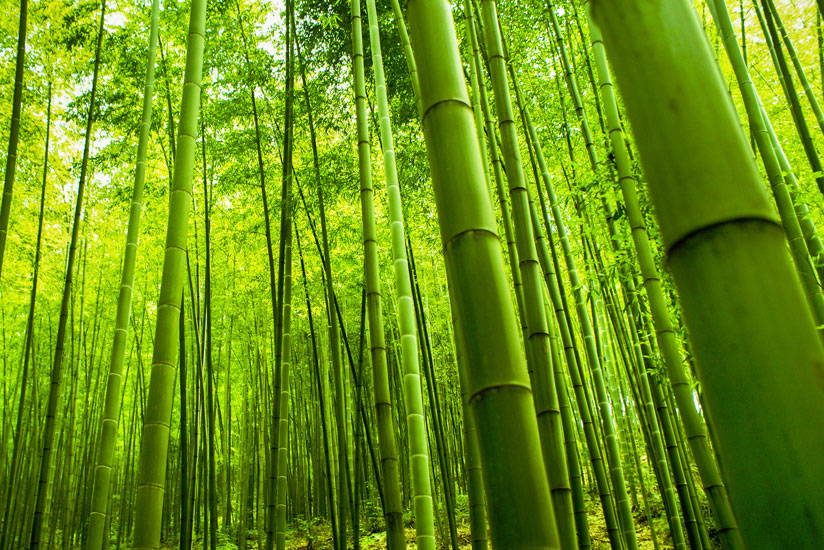
Therefore, it is important to approach bamboo cultivation for clothing with a holistic and sustainable mindset. This means considering the potential environmental impacts and implementing responsible farming practices.
The Process of Growing and Harvesting Bamboo for Clothing
Growing and harvesting bamboo for clothing involves careful cultivation techniques and a specific timeframe for optimal yield.
As a bamboo farmer, I have learned that the key to successful growth lies in choosing the right species and providing the ideal conditions. Bamboo thrives in warm and humid climates, so I ensure that the soil is well-drained and rich in nutrients.
I plant the bamboo shoots during the rainy season, as they require consistent moisture to grow. It is crucial to control the weeds and pests that can harm the bamboo, so I regularly monitor and apply organic pesticides when necessary.

After three to five years of patient nurturing, the bamboo is finally ready for harvesting. By following these cultivation techniques and guidelines, I can produce sustainable bamboo clothing that is both eco-friendly and comfortable.
Sustainable Practices in Bamboo Processing for Clothing
When it comes to eco-friendly bamboo processing for clothing, there are several key points to consider.
Firstly, bamboo is a renewable clothing material that can be harvested sustainably.
Secondly, the processing of bamboo into clothing requires minimal water consumption, making it a more environmentally friendly option.
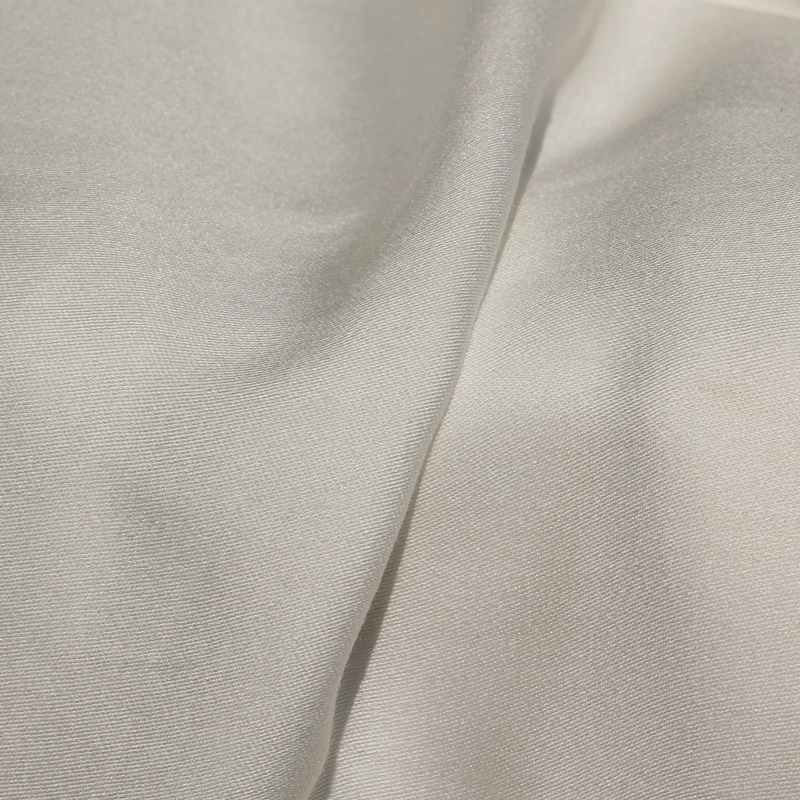
Lastly, by choosing bamboo clothing, we can contribute to a more sustainable fashion industry that prioritizes both style and the well-being of our planet.
Eco-Friendly Bamboo Processing
Bamboo processing is an eco-friendly method that minimizes the environmental impact of clothing production. As a sustainable fashion enthusiast, I am always on the lookout for ways to reduce my carbon footprint.
Bamboo processing has emerged as a viable solution in the industry. Unlike traditional methods that involve harsh chemicals and excessive water usage, bamboo processing focuses on natural and biodegradable alternatives. The fibers from the bamboo plant are extracted using mechanical means, such as crushing and retting, which require less energy and resources.
Additionally, bamboo is a fast-growing plant that requires minimal water and pesticides to thrive, making it an environmentally friendly choice. By opting for bamboo clothing, I am not only supporting sustainable practices but also enjoying the benefits of a soft, breathable, and hypoallergenic fabric.
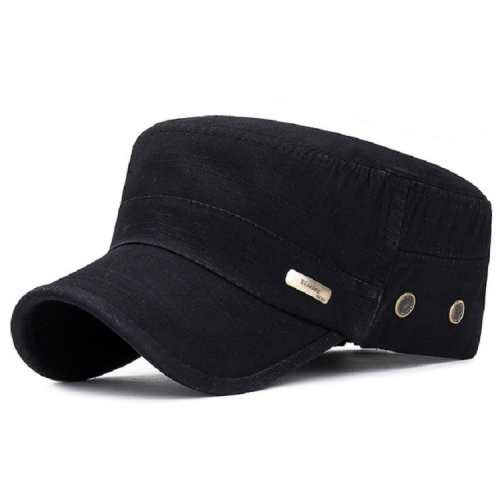
Renewable Clothing Material
If you’re looking for an alternative to traditional clothing materials, consider exploring renewable options like bamboo.
Bamboo has gained popularity as a sustainable and eco-friendly material for clothing due to its many benefits.
Firstly, bamboo is a renewable resource that grows quickly and requires minimal water and pesticides. This makes it a great choice for those concerned about the environmental impact of their clothing choices.
Additionally, bamboo fibers are naturally antibacterial and moisture-wicking, making them ideal for activewear and undergarments. The fabric derived from bamboo is also incredibly soft and breathable, providing comfort throughout the day.
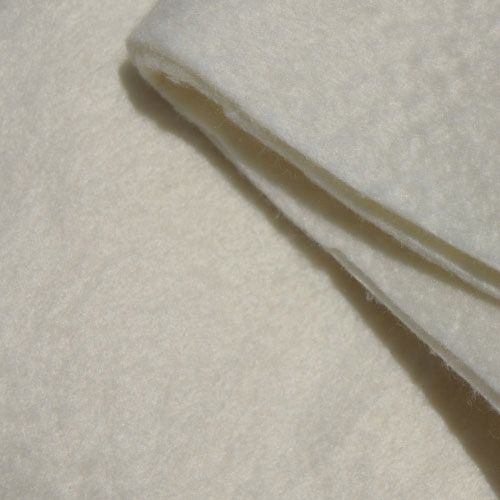
With its versatility and sustainability, bamboo is proving to be a fantastic option for those seeking environmentally conscious clothing alternatives.
Minimal Water Consumption
To minimize water usage, you can opt for alternative clothing materials such as bamboo. Bamboo is an excellent choice because it requires significantly less water compared to traditional cotton or synthetic fabrics.
As someone who is passionate about sustainability, I have made a conscious effort to incorporate bamboo clothing into my wardrobe. Not only is it eco-friendly, but it also feels incredibly soft and comfortable against my skin.
Additionally, bamboo has natural moisture-wicking properties, which means it keeps me dry and fresh throughout the day. By choosing bamboo clothing, I am not only reducing my water footprint but also supporting a more sustainable fashion industry.

It’s a win-win situation for both me and the environment.
The Versatility of Bamboo Fabrics in Fashion
You’ll be surprised by how versatile bamboo fabrics can be in the world of fashion. Not only are they incredibly soft and comfortable to wear, but they also have a natural antibacterial property that keeps you feeling fresh all day long.
Bamboo fabrics are also highly breathable, making them perfect for summer dresses or activewear. The natural moisture-wicking ability of bamboo makes it an excellent choice for workout clothes that keep you cool and dry.
Additionally, bamboo fabrics have a luxurious drape and can be easily dyed, allowing for endless creative possibilities in fashion design. From casual wear to formal attire, bamboo fabrics offer a sustainable and stylish option that is both eco-friendly and fashion-forward.
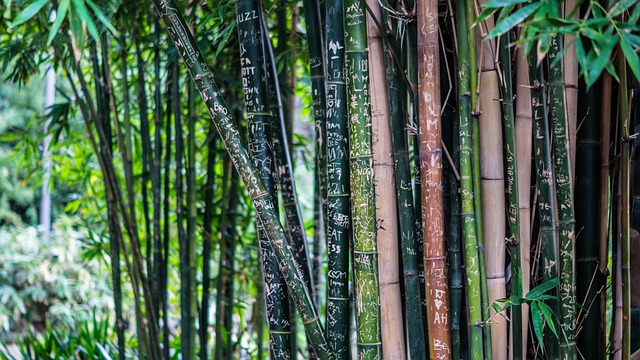
Ethical Considerations in Bamboo Clothing Production
When it comes to discussing the ethical considerations in bamboo clothing production, it is crucial to delve into two key aspects: labor rights in factories and the environmental impact of processing.
In terms of labor rights, it is essential to ensure that workers in bamboo factories are treated fairly, with proper wages and working conditions.
Additionally, the environmental impact of processing bamboo into fabric should be examined to ensure sustainable practices are being followed, minimizing any negative effects on the environment.
Labor Rights in Factories
Labor rights in factories can be a significant concern when it comes to sustainable bamboo clothing production. As someone who is passionate about ethical fashion, it is crucial for me to ensure that the workers involved in the production process are treated fairly and have their rights protected.

This means that they should receive fair wages, work in safe conditions, and have the freedom to organize and voice their concerns. By prioritizing labor rights, we can create a more sustainable and socially responsible bamboo clothing industry.
It is important to support brands that are transparent about their labor practices and actively work towards improving working conditions. By doing so, we can promote a more equitable and ethical fashion industry while enjoying the benefits of sustainable bamboo clothing.
Environmental Impact of Processing
One of the key factors to consider in the processing of bamboo is its environmental impact. As a fashion enthusiast, I am passionate about finding sustainable alternatives to traditional materials.
Bamboo has gained popularity for its eco-friendly properties, but it is important to understand the impact of its processing. The production of bamboo clothing involves chemical treatments to extract the fibers and turn them into fabric. These treatments can release harmful pollutants into the environment, such as sulfuric acid and sodium hydroxide.
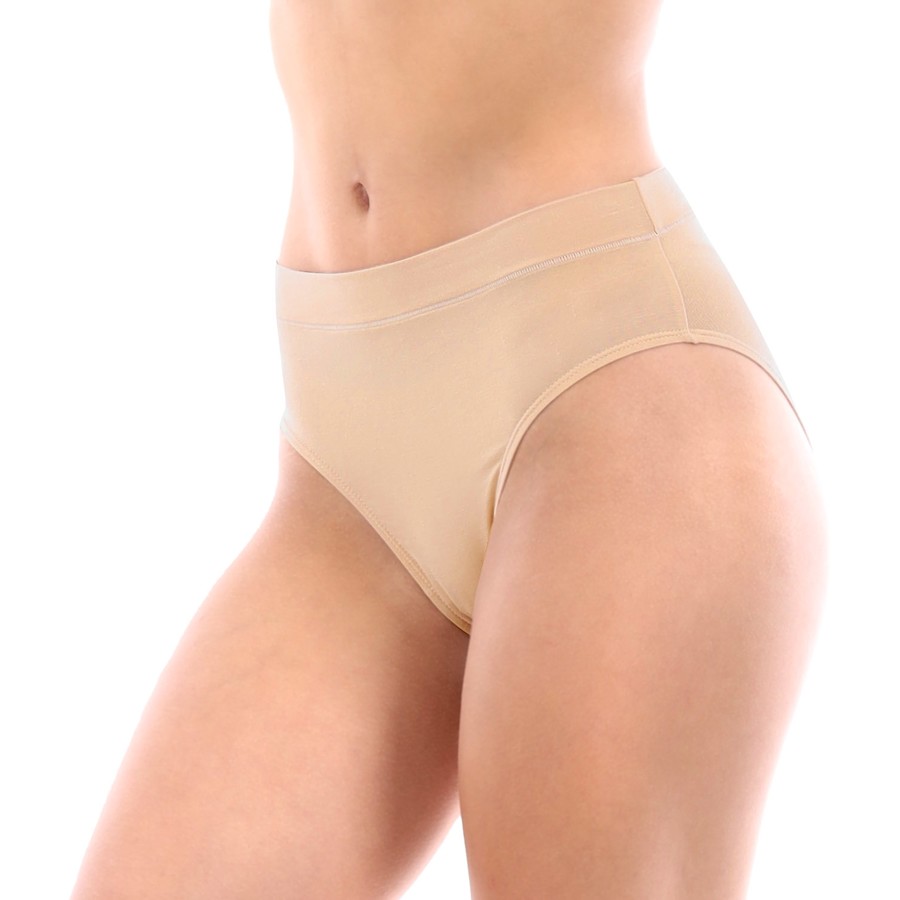
Additionally, the energy-intensive processes used in bamboo processing contribute to carbon emissions. To mitigate these environmental impacts, it is crucial for manufacturers to adopt greener processing methods, such as using non-toxic solvents and implementing energy-efficient technologies.
Future Innovations in Sustainable Bamboo Cultivation for Clothing
If you’re interested in the future of sustainable bamboo cultivation for clothing, you’ll be excited to learn about the innovative techniques being developed.
One such technique is the use of precision agriculture, where drones and satellite imagery are employed to monitor and manage bamboo plantations. This allows for targeted irrigation and fertilization, optimizing resource usage and reducing environmental impact.
Additionally, researchers are exploring the use of genetic engineering to enhance bamboo’s natural properties, such as its strength and resistance to pests. By modifying the plant’s genes, scientists aim to create bamboo strains that are even more suited for clothing production.
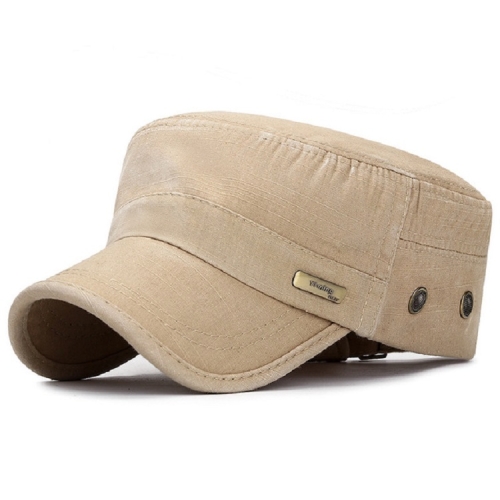
Another exciting development is the utilization of regenerative farming practices, which promote soil health and biodiversity. These practices not only improve the quality and yield of bamboo crops but also contribute to the overall sustainability of the cultivation process.
With these innovative techniques, the future of sustainable bamboo cultivation for clothing looks promising.
Frequently Asked Questions
What Is the Average Lifespan of a Bamboo Plant Used for Clothing Cultivation?
The average lifespan of a bamboo plant used for clothing cultivation is typically around 4-6 years. During this time, it grows rapidly and produces a sustainable and versatile material for the fashion industry.
Is Bamboo Clothing More Expensive Than Clothing Made From Traditional Materials?
Bamboo clothing is not necessarily more expensive than clothing made from traditional materials. The cost can vary depending on factors such as brand, quality, and manufacturing process.

Are There Any Potential Health Risks Associated With Wearing Bamboo Clothing?
There aren’t any potential health risks associated with wearing bamboo clothing. It is hypoallergenic, breathable, and naturally antimicrobial. These properties make it a safe and comfortable choice for clothing.
How Does the Production of Bamboo Clothing Compare to the Production of Cotton Clothing in Terms of Water Usage?
In terms of water usage, the production of bamboo clothing is generally more sustainable compared to cotton clothing. Bamboo requires less water to grow, making it a greener choice for clothing production.
What Are the Main Challenges Faced by Farmers in Sustainable Bamboo Cultivation for Clothing?
The main challenges faced by farmers in sustainable bamboo cultivation for clothing include managing soil fertility, controlling pests and diseases, and ensuring proper harvesting techniques to maintain the long-term sustainability of bamboo resources.
Conclusion
In conclusion, I’m truly amazed by the potential of bamboo as a sustainable material for clothing.
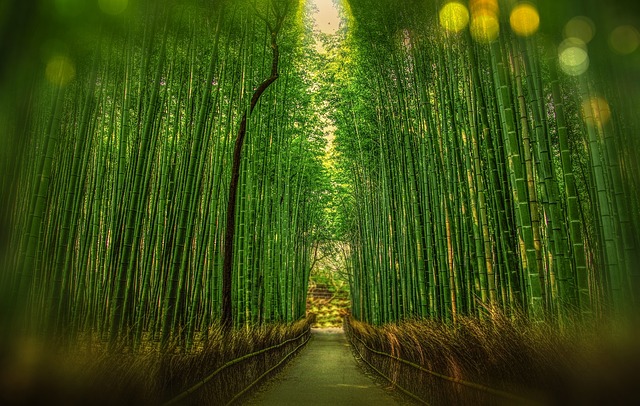
Not only does it offer numerous benefits, such as breathability and softness, but it also has a minimal environmental impact compared to other textiles.
Through sustainable cultivation practices and innovative processing techniques, bamboo can be transformed into versatile fabrics that are both fashionable and ethical.
As we look to the future, I’m excited to see how further advancements in bamboo cultivation will continue to shape the fashion industry and contribute to a greener and more sustainable world.
